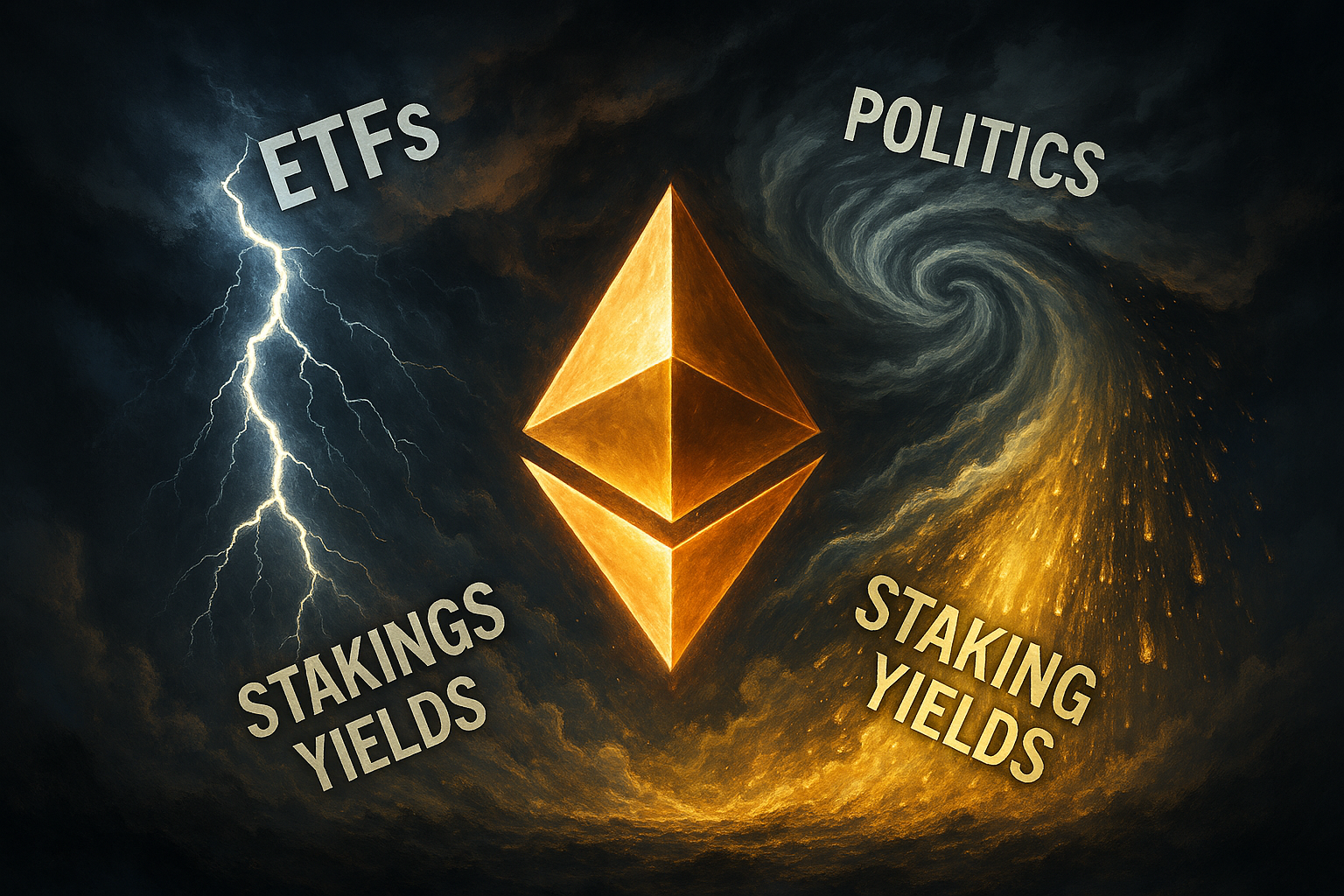Noblesville Water Treatment Plant Explosion Sparks Shelter Order in 2025

On August 7, 2025, a chemical explosion rocked the Indiana American Water Co. facility at 835 Wayne St. in Noblesville, Indiana, prompting a temporary shelter-in-place order for nearby residents. The Noblesville water treatment plant explosion 2025, which occurred around 1:15 p.m., injured one employee and raised concerns about air quality and public safety. While the order was lifted by 4 p.m., the incident underscores broader safety and infrastructure challenges. How did this unfold, and what does it mean for Noblesville? This article examines the explosion, its context, and its implications.
The Explosion and Immediate Response
The blast occurred at the Indiana American Water treatment plant in downtown Noblesville, near the White River, when a chemical being transferred from a truck exploded, knocking a metal door off the facility. Noblesville Fire Department (NFD) spokesperson Trevor Hash reported that one employee was working with chemicals inside the building moments before the incident. The employee was taken to Ascension St. Vincent Hospital for evaluation of minor injuries as a precaution. The NFD declared a hazmat emergency, issuing a shelter-in-place order for residents within a perimeter bounded by North 10th Street, Clinton Street, Wayne Street, and the White River. Hazmat teams tested air quality, and by 3:45 p.m., the all-clear was given after confirming no threat to the water system or air.
Impact on Noblesville and Water Services
Indiana American Water confirmed that the explosion forced a temporary shutdown of the Wayne Street plant but emphasized that Noblesville’s water supply, served by three treatment systems, remained unaffected. The company is investigating potential impacts on the local water distribution system, with no disruptions reported. Local business owner Torrie Hudson described hearing a “boom like a dumpster being dropped” near 10th and Logan streets, while resident Jordan Bewley, a block away, noticed emergency activity but heard no explosion. The incident disrupted downtown Noblesville, a city of 70,000, but the swift response mitigated broader impacts.
Context: Broader 2025 Challenges
The Noblesville explosion occurs amid other significant events in 2025, reflecting a pattern of crises and policy actions:
- Canyon Fire in California: On August 7, a 1,500-acre brush fire near Ventura and Los Angeles counties, fueled by a heat wave, threatened communities and infrastructure, highlighting environmental risks.
- Trump’s Policy Moves: From freezing $584 million in UCLA grants to demanding Intel’s CEO resign over China ties, the Trump administration’s interventions (e.g., tariffs, D.C. police takeover threats) show a focus on control and accountability, potentially relevant to infrastructure safety discussions.
- Franklin Township Homicide: A double homicide in New Jersey, linked to police inaction, led to the suspension of local police leadership, raising questions about emergency response efficacy.
These events suggest a broader context of heightened scrutiny on safety and institutional performance, relevant to Noblesville’s incident.
Community and Official Reactions
The Noblesville Fire Department’s swift action was praised on X, with posts like “Great job by NFD keeping us safe!” reflecting community relief. However, some residents expressed concern over the lack of clarity about the chemical involved, rumored to be sodium hypochlorite, a common disinfectant at water treatment plants, though unconfirmed by officials. Indiana American Water’s statement reassured customers of their commitment to “safe, reliable water service,” but the incident prompted calls for stricter safety protocols at aging facilities. Mayor Chris Jensen, who has previously lauded the company’s investments, did not comment directly, but past collaborations suggest strong local support for infrastructure upgrades.
Critical Perspective: Infrastructure Safety Concerns
The explosion highlights vulnerabilities in critical infrastructure. Indiana American Water has invested over $50 million in Noblesville’s water systems in the past decade, including an $18 million plant upgrade completed in 2020. Yet, the incident raises questions about chemical handling and worker safety protocols. The unverified claim of sodium hypochlorite involvement suggests potential risks with common treatment chemicals, which, while generally safe, can be hazardous if mishandled. Critics argue that aging facilities, like Noblesville’s, require more robust oversight, especially in fast-growing communities. Supporters of Indiana American Water note that the lack of water service disruption and minimal injuries reflect effective contingency planning. The incident may prompt further scrutiny of water treatment safety nationwide.
Conclusion
The Noblesville water treatment plant explosion 2025 disrupted a growing Indiana community but was contained through rapid response, with no lasting impact on water services. As investigations continue, the incident underscores the need for enhanced safety measures at critical facilities. Amid broader 2025 challenges, from wildfires to federal interventions, Noblesville’s experience highlights the importance of resilient infrastructure. Share your thoughts on this incident in the comments and stay updated on this developing story.










